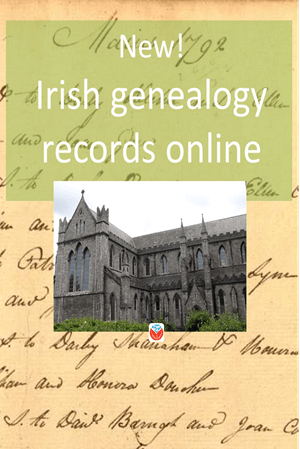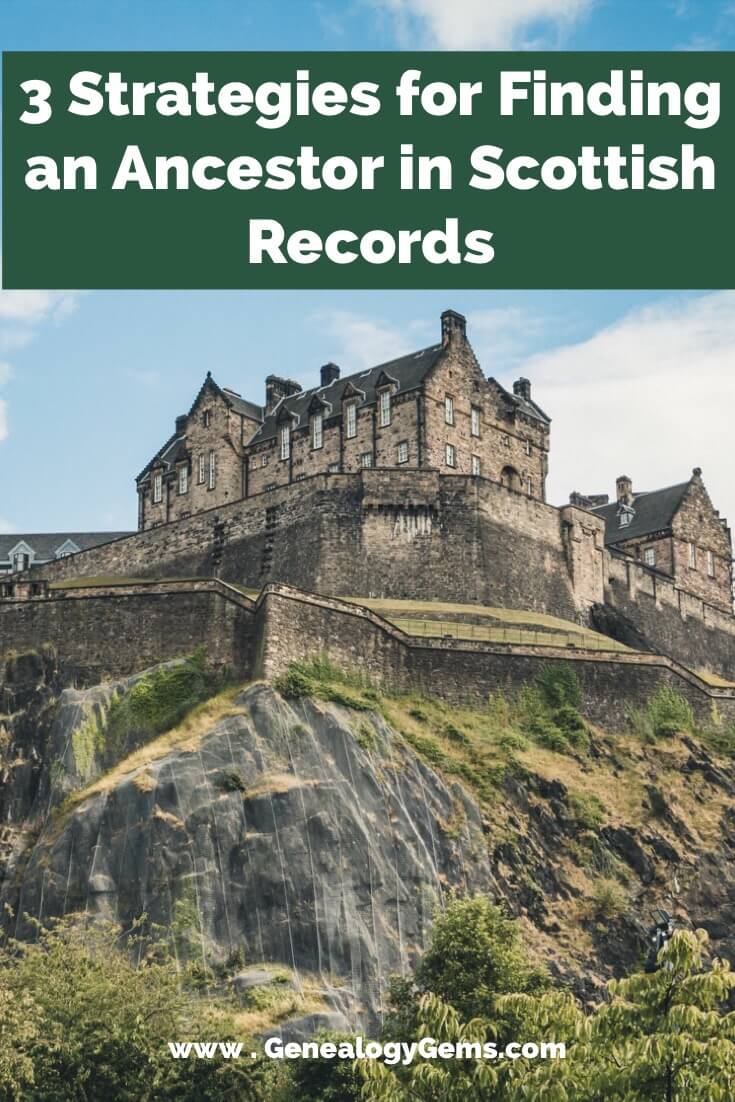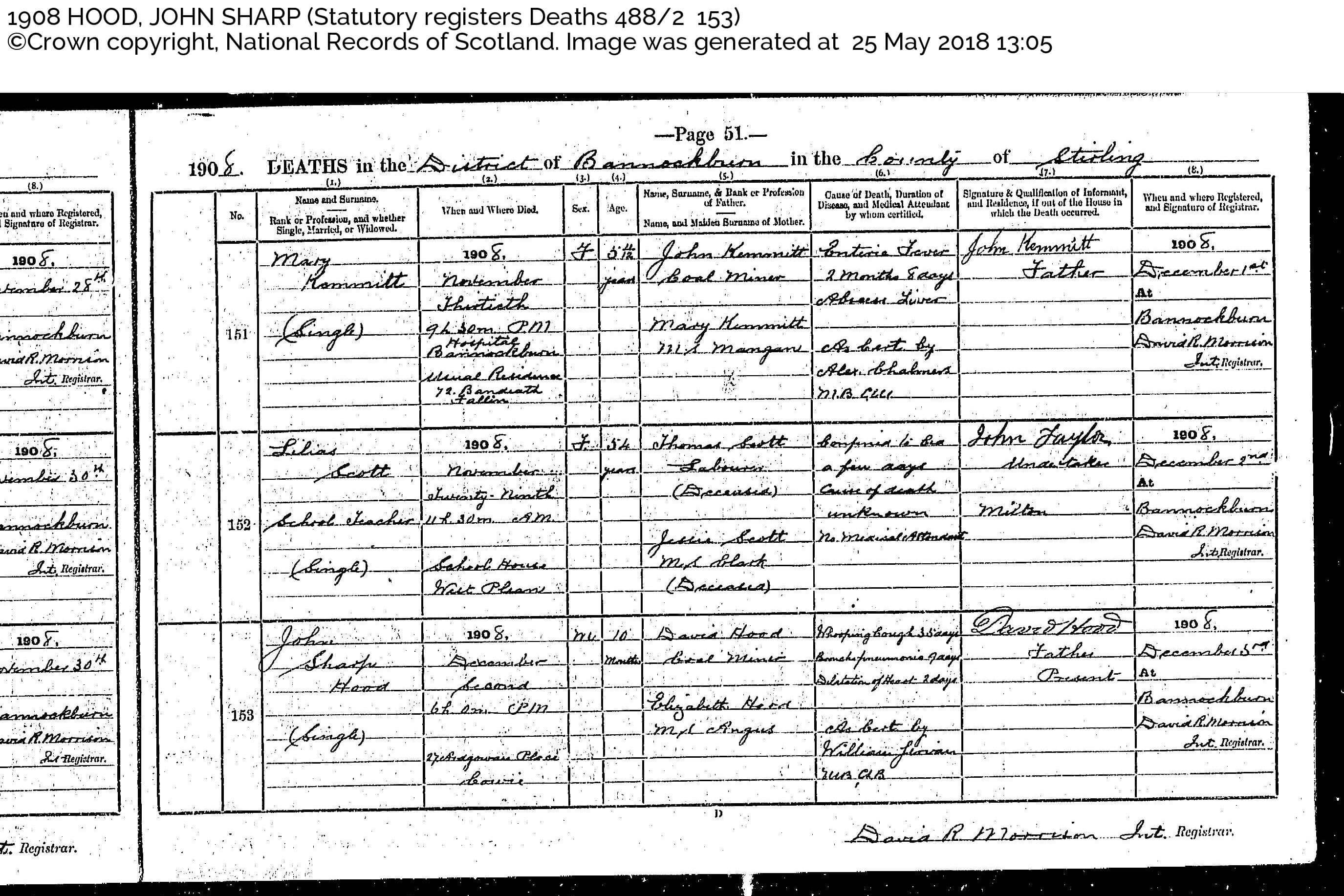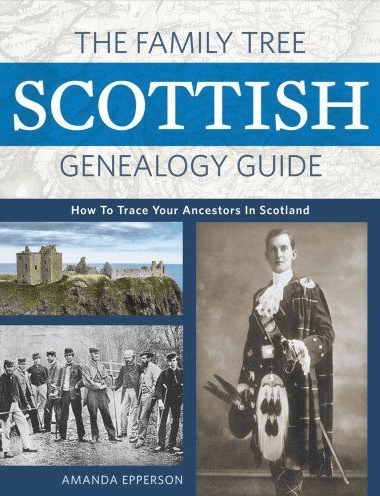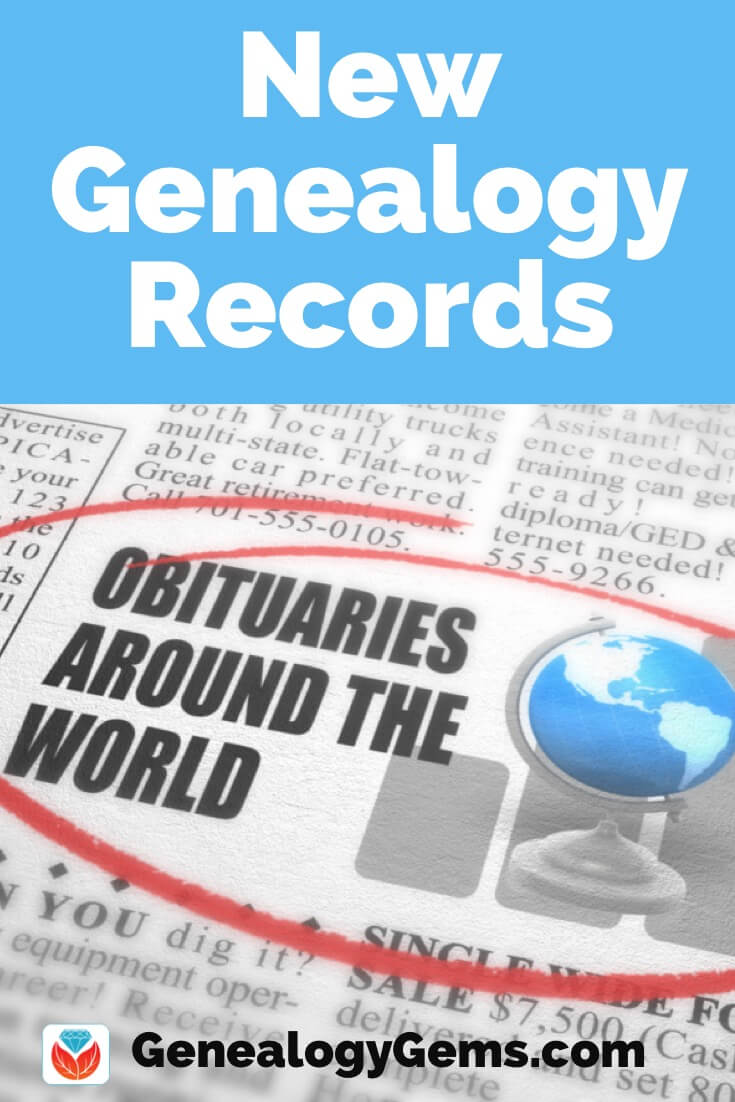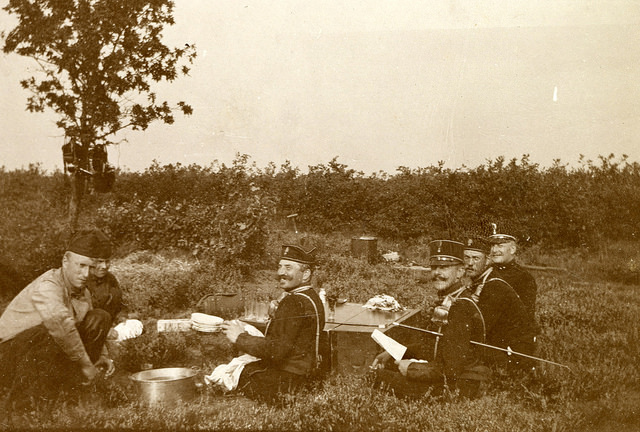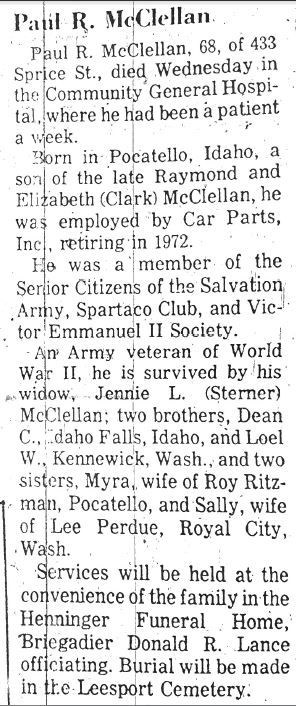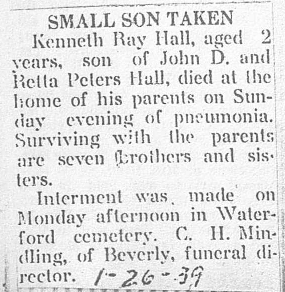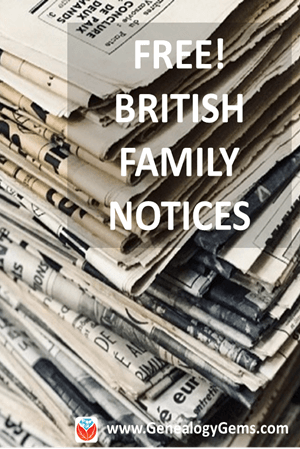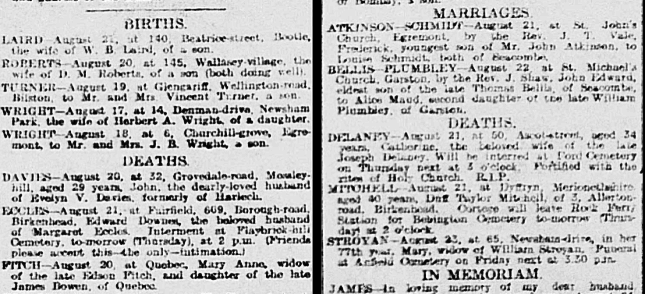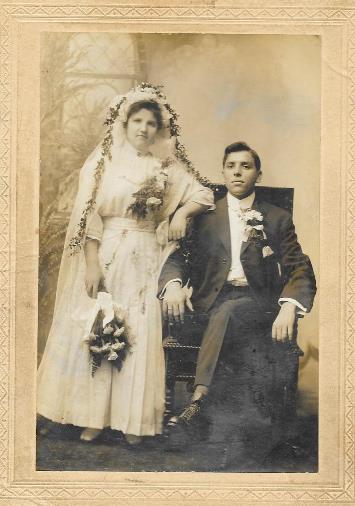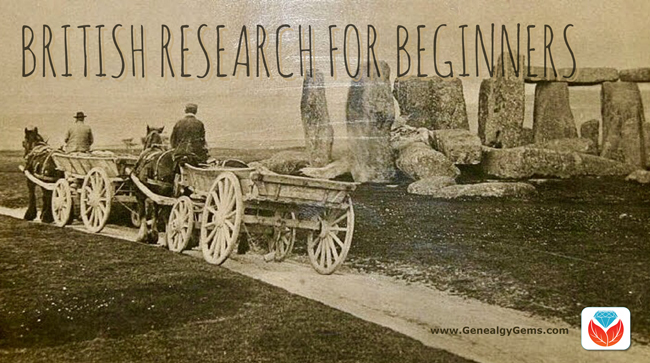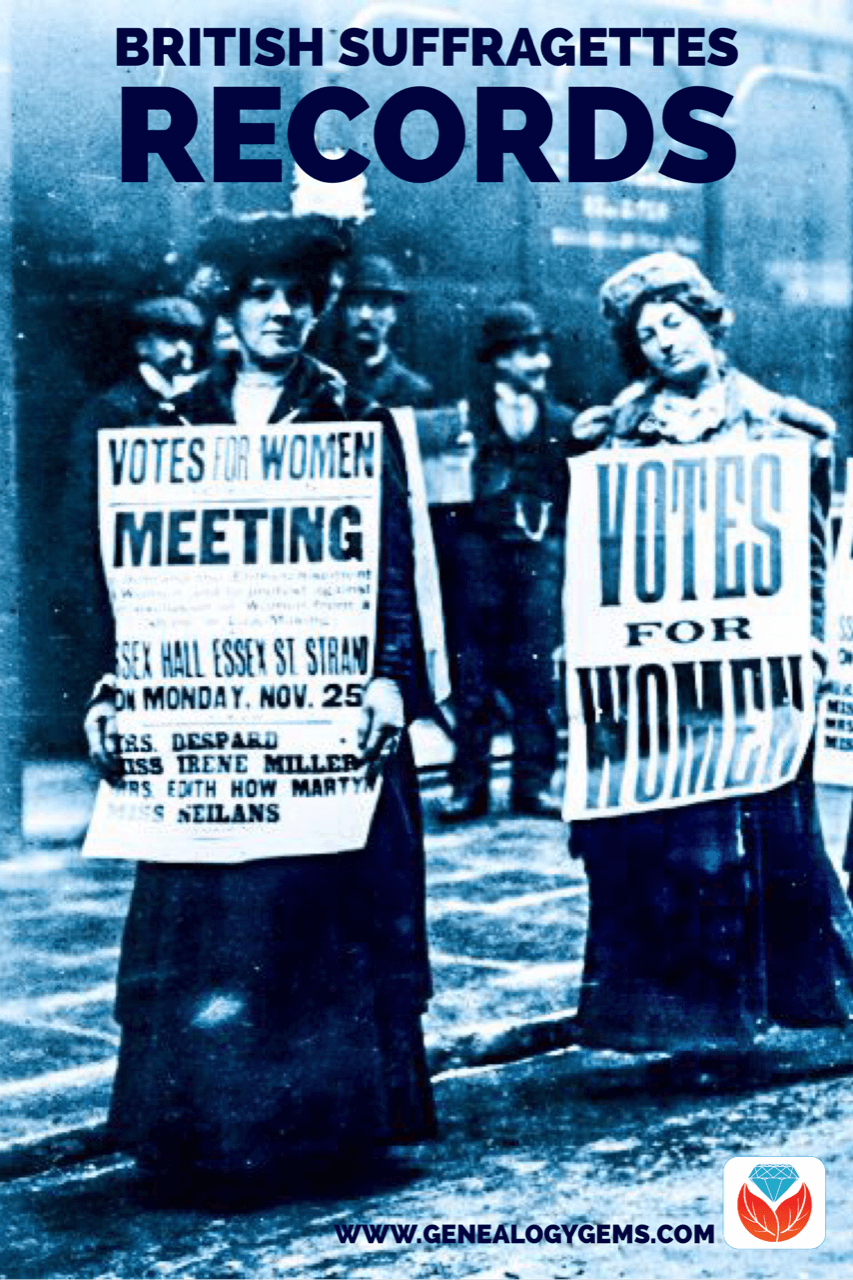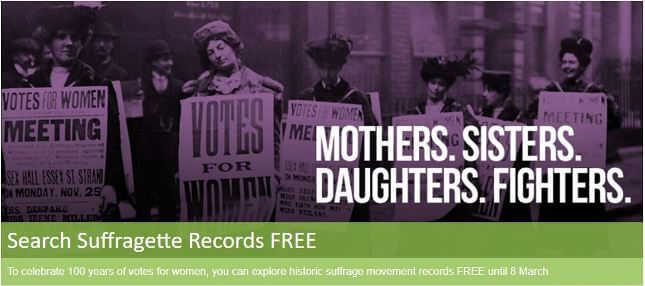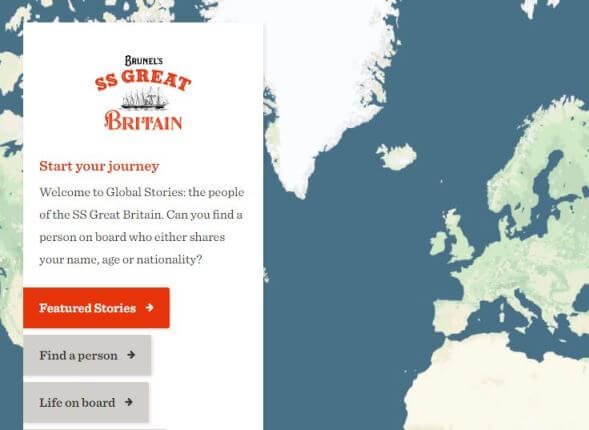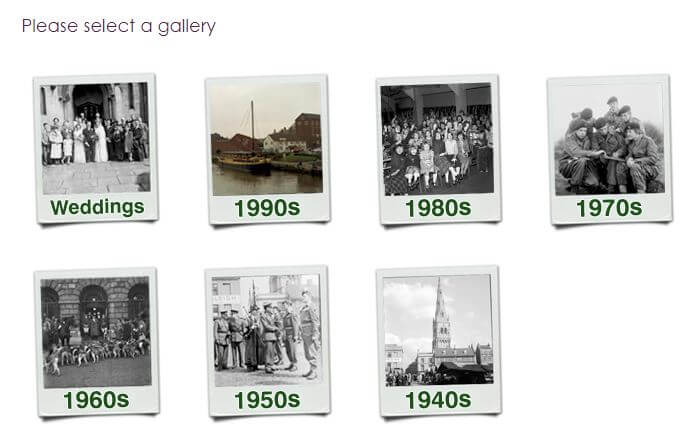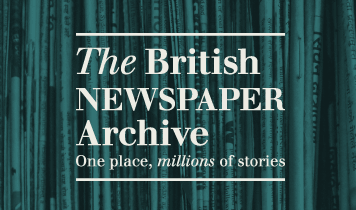New Genealogy Records for Ireland & Scotland
This Saint Patrick’s Day we’re highlighting new and updated genealogical collections for Ireland and Scotland! You’ll see new and updated records from Ancestry and Findmypast, with particular emphasis on newspaper additions including birth, marriage, and death notices. Plus Findmypast just released their new Irish newspaper archive of transcripts that were compiled by the celebrated Irish genealogist Rosemary ffolliott.
Featured: Irish Records
Genealogy giant subscription website Ancestry.com has a new collection of Cork, Ireland, Marriage Licence Bonds Index, 1623-1750. “The original rolls from which the printed index was created are held in the National Archives of Ireland (formerly the Public Record Office of Ireland). A Marriage Licence Bond was entered into before a Bishop, prior to the granting of the Marriage Licence, with the purpose of ensuring that the impending Marriage was legally sound. Two solvent individuals (one of which was usually the bridegroom) entered into the bond for a stated sum.”
From this collection, you might discover your ancestor’s name, their spouse’s name, and the year and place they were married.
Additionally, Ancestry has updated their collection for the Northern Ireland newspaper, The Belfast Newsletter (Birth, Marriage and Death Notices), 1738-1925. The Belfast News-Letter began publication in 1737 as the Belfast News-Letter and General Advertiser.
This is a fascinating database because it chronicles almost two centuries of Irish history, including the Great Famine, the country’s own political upheavals, and World War I, when the paper printed long lists of death notices after actions such as the famed Ulster Division’s attack during the Battle of the Somme. Genealogically significant items researchers may find in the News-Letter’s pages include, amongst others:
- death or memorial notices
- notices from or about ships or passengers that arrived safely
- people taking out game certificates
- notices from trade groups or guilds
- premiums paid
- notices of executions
- marriages
- births
- lists of sheriffs
- announcements for ships that will be leaving
Irish Newspapers Update
Findmypast just released the Irish Newspaper Transcript Archive, Ffolliott Collection 1756-1850! Search this collection of Irish newspaper transcripts that were compiled by the celebrated Irish genealogist Rosemary Ffolliott. Discover if your Irish ancestors had their birth, marriage or death announcement printed in a newspaper. Each record includes a transcript and original image.
Additionally, Findmypast’s newspaper website, The British Newspaper Archive, has a new Irish newspaper and added additional pages to the following collections:
- Portadown News (new title!)
- Sunday Independent (Dublin)
- Sunday World (Dublin)
- Sunday Life
- Dublin Intelligence, including the addition of historic years (1723-1724)
Scottish Records
Find your Scottish ancestors in Findmypast’s recent additions and updates to their genealogical records for Scotland.
Dundee & Forfarshire (Angus) Hearth Tax 1691 – Use this collection to find out the number of hearths in your ancestor’s home, which can provide you with clues about the family’s wealth and status. In 1690, Parliament granted a tax of 14 shillings on hearths including kilns. Heads of households, landowners, and tenants were liable for the tax, only hospitals and the poor living on charity from the parish were exempt from the tax.
People of Banffshire 1334-1851 – Explore more than 28,000 extracts that taken from original Kirk Session minutes. Responsible for parish business, and the morals of the parishioners, the Kirk Session was the lowest level of a church court and minutes typically contained a detailed account of the parish business.
Newspaper Death Reports – Uncover details surrounding your Scottish ancestor’s death amongst more than 72,000 death notices printed in Scottish newspapers between1807 and 1990. Discover more about your relative’s life, while searching these publications you may be able to find out the date of their death and the names of their parents or spouse.
Renfrewshire, Paisley Poll Tax 1695 – Search these Poll Tax records from 1695. Each record includes a transcript of the original record, the amount of information in each record varies, you may find a combination of your ancestor’s occupation and the name of their employer, spouse or parent.

About the Author: Lacey Cooke
Lacey has been working with Genealogy Gems since the company’s inception in 2007. Now, as the full-time manager of Genealogy Gems, she creates the free weekly newsletter, writes blogs, coordinates live events, and collaborates on new product development. No stranger to working with dead people, Lacey holds a degree in Forensic Anthropology, and is passionate about criminal justice and investigative techniques. She is the proud dog mom of Renly the corgi.
Disclosure: This article contains affiliate links and Genealogy Gems will be compensated if you make a purchase after clicking on these links (at no additional cost to you). Thank you for supporting Genealogy Gems!

